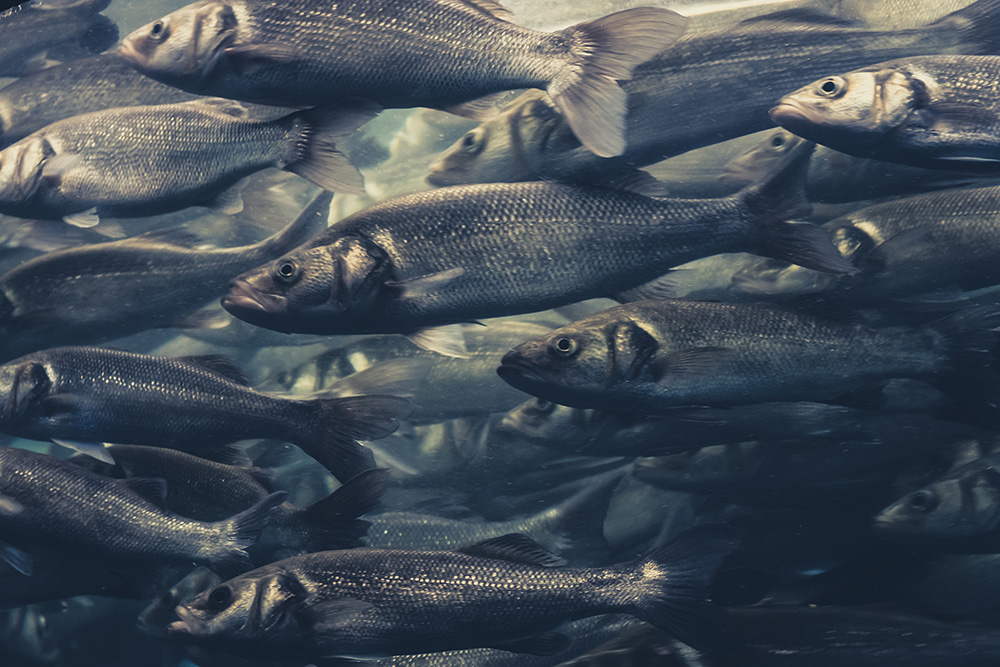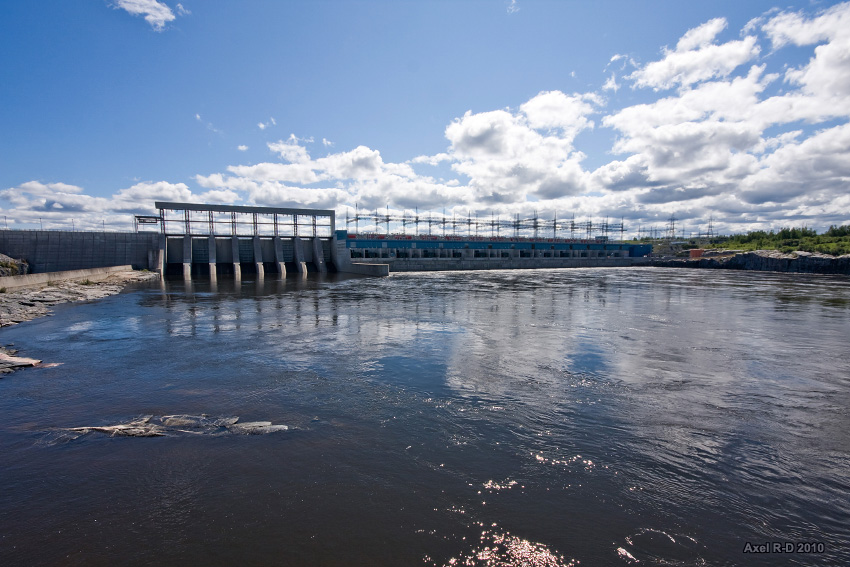Article
Indigenous Peoples' Medicine in Canada
Since time immemorial Indigenous peoples in Canada have been using plants and other natural materials as medicine. Plant medicines are used more frequently than those derived from animals. In all, Indigenous peoples have identified over 400 different species of plants (as well as lichens, fungi and algae) with medicinal applications. Medicine traditions — the plants used, the ailments treated, protocols for harvesting and application, and modes of preparation — are similar for Indigenous peoples across the country. In many Indigenous communities, there are recognized specialists trained in traditional medicine, and their practice often reflects spiritual aspects of healing as well as physical outcomes. In many cases, the therapeutic properties of Indigenous medicines are attributable to particular compounds and their effects on the body, but in other instances, their application is little understood by western medical practitioners. Within Indigenous communities, specific methods of harvesting and preparation of medicines are considered intellectual property of particular individuals or families.















